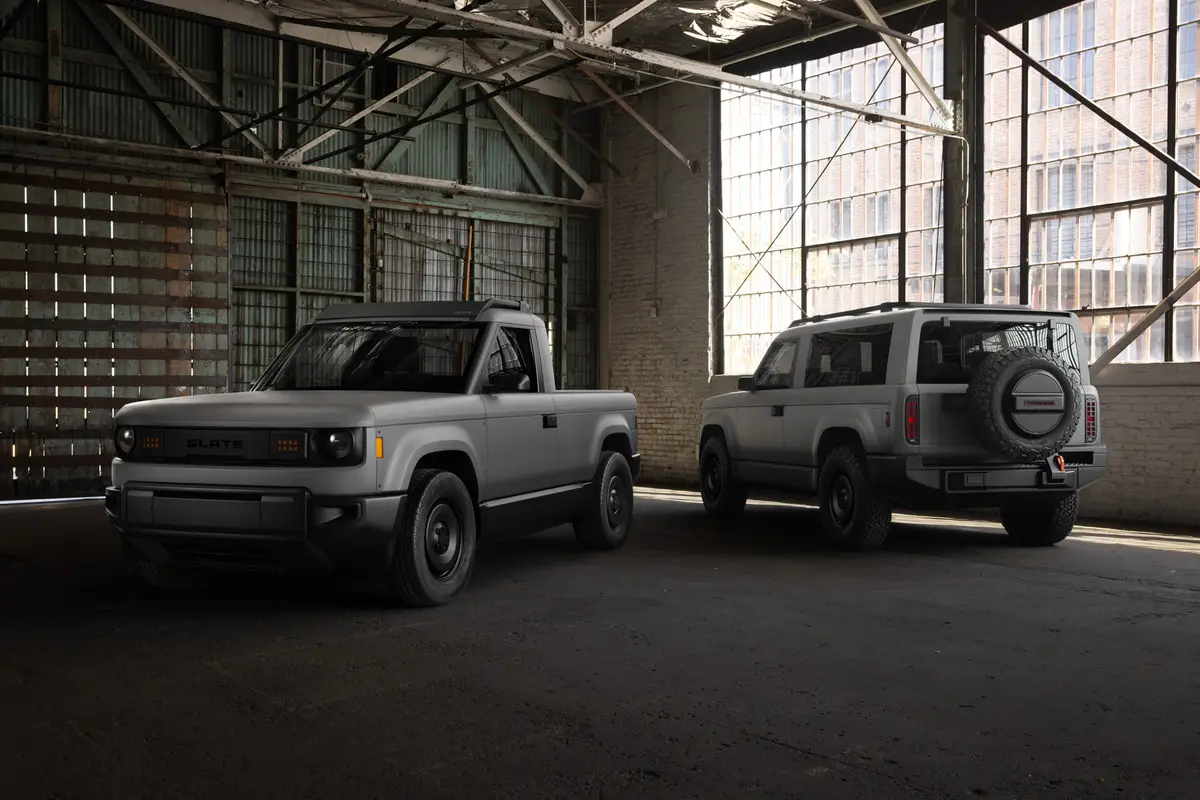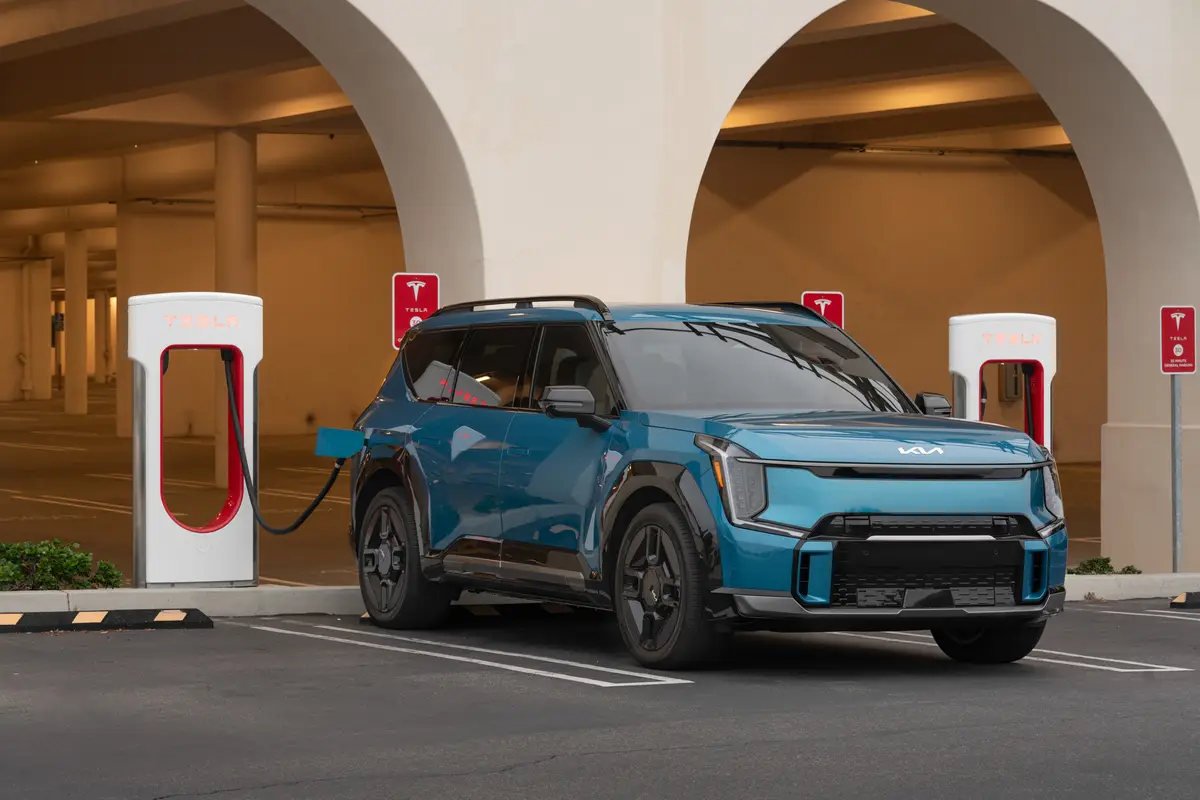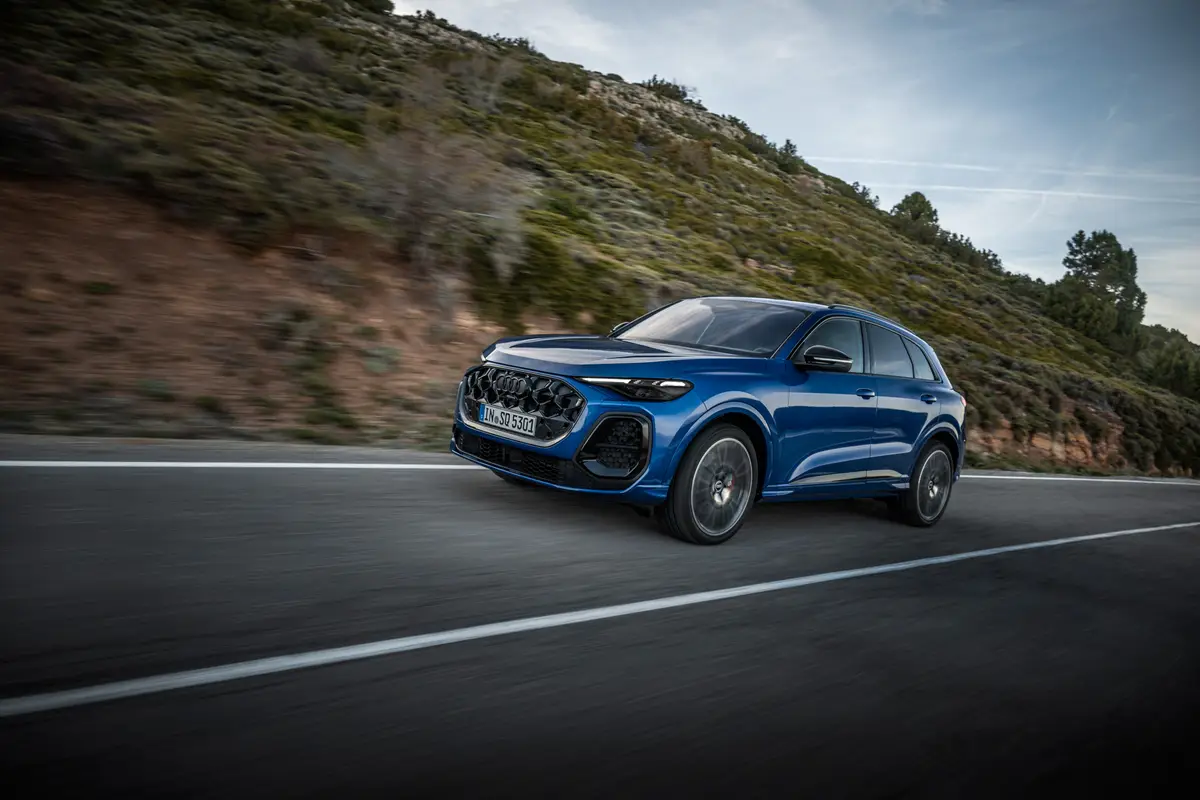Our view: 2008 Saturn Vue Green Line



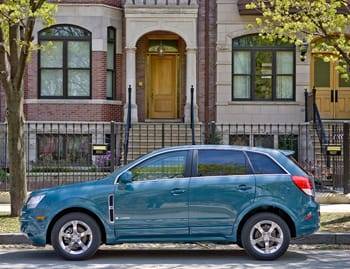

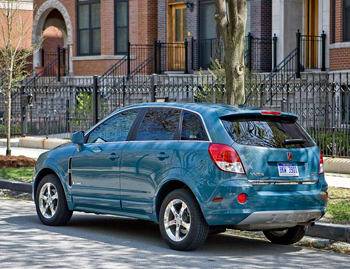
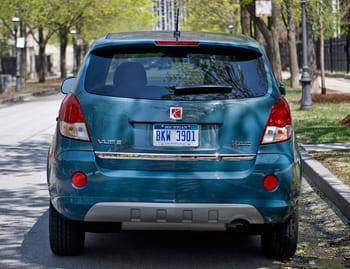
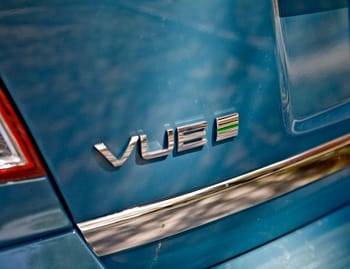
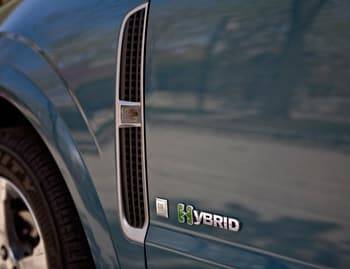
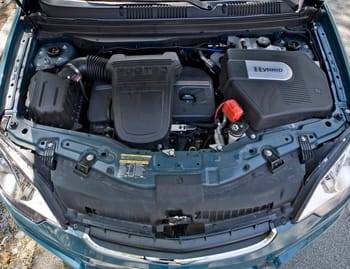
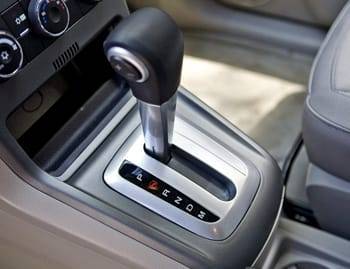
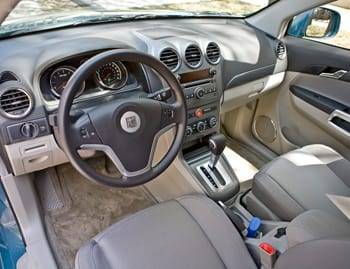
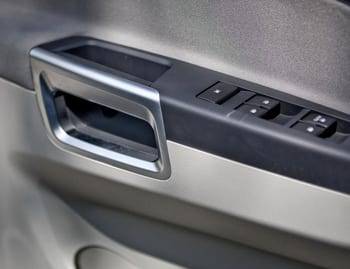
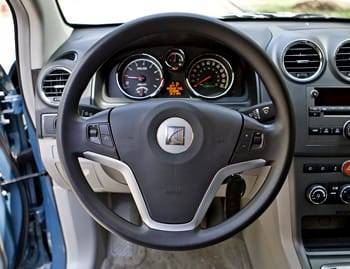
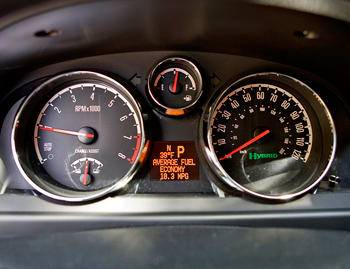
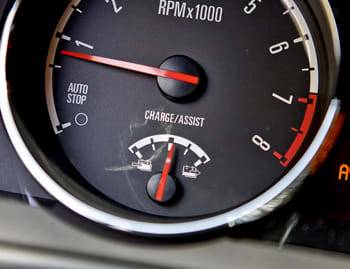
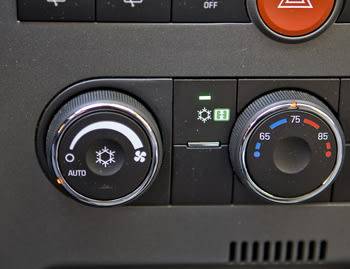

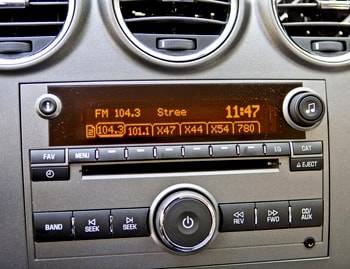

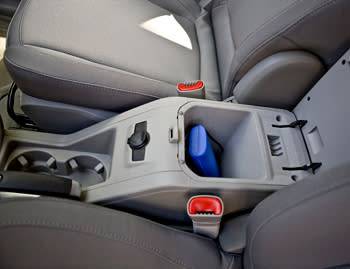

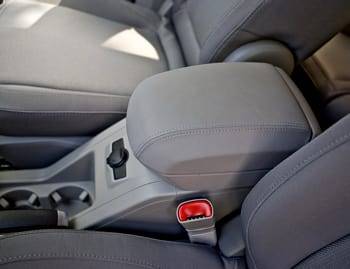
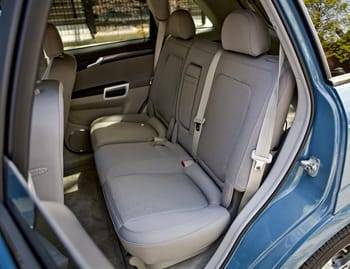
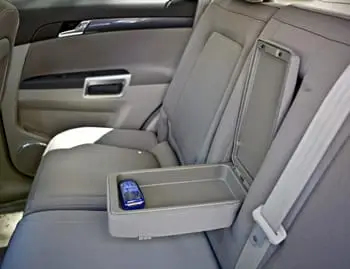
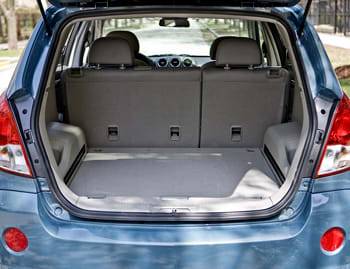

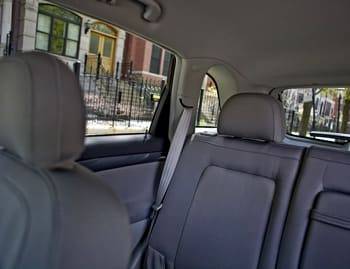
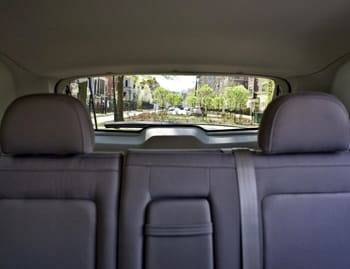




























The Saturn Vue Green Line offers those in the market for a hybrid SUV an interesting choice. The price premium you’ll pay for it versus a regular Vue is steeper than GM’s other “mild” hybrids, the Chevy Malibu Hybrid and Saturn Aura Green Line, but its mileage gains are more impressive. The Vue Green Line’s fuel economy makes it a credible alternative to pricier “full” hybrids, which is something neither the Malibu nor the Aura hybrids can manage. If you’re looking to truly go green for less green, this might be your ticket.
The Vue was redesigned for 2008. This review covers the Green Line, which comes only in front-wheel drive; click here for a comparison with the 2007 Green Line. Saturn will introduce a 2-Mode full-hybrid version of the Vue alongside the Green Line starting late this year, with no plans for either variant to replace the other. The 2-Mode will purportedly offer better acceleration with similar gas mileage, but it will cost more.
Going & Stopping
Free of an electric mode that allows it to putter around incognito at low speeds, the Green Line drives much like its four-cylinder gasoline sibling. Power is adequate around town but pokey on the highway, and the four-speed automatic — a simpler transmission than the electrically variable automatics many hybrids use — requires you to push the accelerator pretty far to induce any kickdown. Third gear has to suffice for the majority of highway acceleration, and with a load of passengers or cargo it doesn’t make for any sort of passing confidence. Some downshifts arrive after a moment of hesitation — not the sort of thing you’d want when merging into a faster-moving lane.
Carried over from the previous-generation Green Line, the ’08 model’s four-cylinder replaces the alternator with a small electric motor that assists the engine by using a belt attached to its crankshaft. As such, it lacks the driveshaft-integrated motors that allow full hybrids to propel themselves on electric power alone. Like its more robust peers, the Green Line’s electric power comes from a high-voltage battery pack that’s recharged by the friction created when you brake.
Under hard acceleration, the electric motor can provide short bursts of extra power, indicated by a needle on the dashboard’s charge/assist gauge swinging to the right. Even with the needle pinned at maximum assist, I never felt much additional oomph — certainly not like I experienced in the Escape Hybrid, whose responsive transmission and electric motor combine for decent passing power. Indeed, a Saturn spokesman told me the gauge is intended more for “illustrative” purposes than to show exactly how much electric assist or battery recharging is taking place.
About that recharging: It’s accomplished through the Green Line’s regenerative brakes. In some hybrids — most notably the Escape — this can result in bricklike pedal feel. The Green Line’s brakes are better, though there is some initial stiffness that can take awhile to get accustomed to.
Less acceptable is the sensation you get when driving below 30 mph that the Green Line wants to slow down. It’s as if someone’s deployed a small drag chute; take your foot off the gas, and the car starts to decelerate distinctly more than it would in ordinary coasting. The owner’s manual notes this phenomenon, saying it’s an aspect of regenerative braking that’s to be expected. That does little to assuage my frustration: The artificial deceleration is annoying, plain and simple, and it’s something I haven’t experienced in other hybrids.
Unless the battery is low on juice, the engine shuts off whenever the SUV is at a standstill. It does so with the slightest fwump signaling the transition. Though rarely intrusive, it’s distinct enough that, in bumper-to-bumper traffic, I found myself letting the car ahead move a few extra feet before creeping after it so that I could sit still longer and minimize the number of transitions. Take your foot off the brake and the engine springs immediately to action, with none of the loud droning the Escape Hybrid exhibits when its engine turns on. The accelerator has a fair amount of sensitivity, and in situations where I needed quick power — say, making a left turn with oncoming traffic — I never found it lagging.
Maximum towing capacity is 1,500 pounds, which beats the Escape Hybrid’s 1,000-pound rating. The regular Vue can tow up to 3,000 pounds.
Efficiency Elsewhere
Like any decent hybrid, the Green Line treatment isn’t limited to simple drivetrain improvements. Where other trims have fog lights, the Green Line has closed bumper portals, rides about an inch lower and has a small rear spoiler to enhance aerodynamics. Seventeen-inch wheels wear narrower, low-rolling-resistance tires, and the spare has been swapped for an inflator and sealant kit to reduce weight and free up space for the high-voltage battery. Compared to a front-wheel-drive four-cylinder Vue, overall weight is down 36 pounds.
The Vue’s air conditioning has a high-efficiency mode that won’t keep the engine running just to power the A/C compressor. That means if you’re idling and the engine goes into auto-stop mode, the air vents will eventually run at room temperature, though the system can purportedly kick things on again if the cabin gets too hot. My week with the Green Line didn’t see anything above 70 degrees, so I can’t vouch for its powers of discernment. If you’re shopping this summer, be sure to test out the high-efficiency mode. The Ford Escape and Mercury Mariner hybrids have a similar A/C setting, and it didn’t prove up to the task of cooling the cabin in our test car last June.
Green Credentials
All told, the Green Line yields 27 percent better gas mileage in overall driving versus the four-cylinder Vue — a testament both to the efficiency of the hybrid and, relative to competing SUVs, the thirstiness of the regular Vue. Because the electric motor cannot power the Green Line on its own — and it doesn’t provide a great deal of low-speed assist — gas mileage is higher in the city than on the highway, which is opposite of most full hybrids.
| Mileage & Pollution Compared | |||||||||||||||||||||||||||||
|---|---|---|---|---|---|---|---|---|---|---|---|---|---|---|---|---|---|---|---|---|---|---|---|---|---|---|---|---|---|
| City MPG | Hwy. MPG | EPA Air Pollution Score* | EPA Carbon Footprint | ||||||||||||||||||||||||||
| Ford Escape Hybrid 2.3L | 34 | 30 | 8 | 5.7 tons CO2/yr. | |||||||||||||||||||||||||
| Saturn Vue Green Line 2.4L | 25 | 32 | 7 | 6.6 tons CO2/yr. | |||||||||||||||||||||||||
| Nissan Rogue 2.5L | 22 | 27 | 6 | 7.7 tons CO2/yr. | |||||||||||||||||||||||||
| Toyota RAV4 2.4L | 21 | 27 | 6 | 7.7 tons CO2/yr. | |||||||||||||||||||||||||
| Honda CR-V 2.4L | 20 | 27 | 6 | 8.0 tons CO2/yr. | |||||||||||||||||||||||||
| Saturn Vue XE 2.4L | 19 | 26 | 6 | 8.3 tons CO2/yr. | |||||||||||||||||||||||||
| *Measures smog-forming air pollutants but not greenhouse gases. 10 is best, 1 is worst. EPA data for 2008 models with FWD. |
|||||||||||||||||||||||||||||
The Vue Green Line’s highway mileage is the best of any SUV, so if you’re a frequent long-distance driver, it could prove a responsible choice. If your driving is mostly in the city, the Escape Hybrid’s 9-mpg advantage gives it a significant leg up.
The mileage we observed during our week of test driving was disappointing. I shared the Green Line with senior editor David Thomas, and in 202 miles of mostly urban driving with temperatures ranging from the mid-30s to the mid-60s, the onboard trip computer said we averaged just 20.1 mpg. We both live in the city, so our week involved a lot of short trips and cold starts. That’s the same kind of routine that yielded 34 mpg in a 46-mpg-rated Toyota Prius a year and a half ago. Our friends at MotorWeek, in contrast, averaged 26.9 mpg in their Vue Green Line.
Ride & Handling
Like other four-cylinder Vues, the Green Line employs an electric power steering setup that makes for easy, if utterly lifeless, steering. Parallel parking can be accomplished with the palm of your hand, lane changes with a single finger. I’m a fan of heavier, more communicative setups, like the hydraulic steering in the V-6 Vue, but this should please anyone who sees driving as a chore — at least until they have to maneuver the Vue in tight quarters. Its turning circle is a titanic 40 feet; most major competitors do the job between 34 and 38 feet.
Ride quality is a strength. There’s a trace of wind noise off the A-pillar at highway speeds, but otherwise it’s well abated. Road noise is minimal, and the four-wheel-independent suspension does an excellent job muffling expansion joints and potholes. Significant body roll accompanies quick lane changes, but in longer curves the Green Line firms up and resists the top-heavy feeling some other SUVs exhibit.
The Inside
Changes within are minor. Other than the hybridized gauges and A/C controls, not a lot distinguishes the Green Line from other trim levels. My test car’s cloth seats proved comfortable enough, but the backrest squeaked whenever I sat back on it. Tall drivers should note that the steering wheel does not telescope and the seat has limited rearward travel; fortunately, a seat height adjustment is standard.
Cabin quality is very good. The dashboard uses rich soft-touch plastics and high-quality metallic trim where competitors have harder, cheaper materials. Saturn says the aluminum trim along the steering wheel and door panels is fake. I was fooled — it looks like the real deal. GM’s familiar stereo is one of the best in the business: The stations for each preset show up on a digital readout, and you can program AM, FM and XM stations onto one list. Why more competitors haven’t wised up to these common-sense features, I don’t know.
The backseat offers excellent headroom and legroom, but adults may find the seat cushions a bit short and low to the ground. At least there’s no center hump to crowd foot room. Cargo volume is disappointing: Space behind the rear seats measures 29.2 cubic feet, which beats the Escape Hybrid (27.8 cubic feet) but not the CR-V (35.7) or RAV4 (36.4). Fold the seats and maximum cargo volume totals 56.4 cubic feet, a figure that trails all three competitors considerably.
Safety
The Insurance Institute for Highway Safety says most vehicles’ crash-test ratings, including the 2008 Vue’s, are applicable to their hybrid counterparts. Be sure to check the manufacture date as you shop around — early crash tests revealed the side curtain airbags did not deploy properly for second-row passengers, resulting in an IIHS side-impact rating of Acceptable. GM redesigned the airbags in ’08 Vues built after January 2008, and the new design earned the SUV a score of Good, the top possible rating. In front-impact tests, the Vue earned a rating of Good.
Besides the standard curtain airbags, there are also standard front and side-impact airbags for the front seats. Four-wheel-disc antilock brakes, active head restraints, traction control and an electronic stability system are also standard.
The backseat lacks a head restraint for the center passenger, something the Escape, CR-V and RAV4 provide. Child-seat implements include Latch child-seat anchors for the outboard rear seats; top-tether anchors are conveniently placed midway down the seatback for all three positions.
Features, Pricing & Tax Incentives
The Green Line’s cabin is equipped comparably to a base Vue XE. That means various power accessories, remote keyless entry, a CD stereo with an auxiliary jack and cruise control are standard. Automatic climate control and floormats, both optional on the XE, are also standard. Outside, the Green Line gets 17-inch wheels and body-colored bumpers, versus the XE’s 16-inchers and gray bumpers.
Without the destination charge, the Green Line starts at $25,370. If you factor in the extra interior features, that works out to be a premium of just over $3,500 — somewhere between the sub-$3,000 premium for a Chevy Malibu Hybrid and the $4,000-plus premiums for many full hybrids.
The government offers a $1,550 tax credit for the Green Line. That goes straight to your tax return, as opposed to a tax deduction, which only lowers your taxable income. The credit effectively cuts the Green Line’s premium to about $2,000 — a figure that can be recouped through gas savings in about 3.7 years, assuming 15,000 annual miles at $3.72 per gallon. That compares favorably to the FWD Escape Hybrid, whose tax-credit adjusted premium can be recouped in about four years. (Due to the ever-changing market and regional differences, this calculation excludes other incentives and depreciation.)
Options for the Vue Green Line include heated leather upholstery, a moonroof and a power driver’s seat. Strangely, a navigation system, optional on other trim levels, is unavailable, but turn-by-turn guidance can be provided by OnStar’s Directions & Connections service, which is complimentary for the first 60 days. Afterward it’s $9.95 a month on top of the Vue’s complimentary Safe & Sound plan, which lasts through the first year; combined, the two services cost $28.90 per month.
Load a Green Line up, and the sticker can top $28,000.
Availability is limited: Saturn spokesman Mike Morrissey said most of the ’08s have been spoken for. Some dealerships have waiting lists, but it should be easier to find one when production ramps up this summer — particularly in hybrid-heavy markets like California.
Vue Green Line in the Market
The Vue is a test case for GM’s two-tiered hybrid strategy — offering both mild and full hybrids, in this case within the same model line. The end result is more choices at different prices for the consumer, something I applaud considering that the mileage gains here are substantial. In comparison, the Malibu and Aura hybrids, which use the Vue Green Line’s drivetrain, get just 8 percent better overall mileage than their four-cylinder counterparts. (What gives? A GM spokesman told me the disparity was due to a number of extra measures to improve efficiency in the Vue, especially in aerodynamics.)
The Vue 2-Mode coming this fall promises a more engaging driving experience, but its higher price could give it the same problem other pricey hybrids face: questions about whether the extra mpg justify the extra dough. The Green Line finds practical middle ground, and the fact that the Vue is such an attractive choice to begin with — something I can’t say about the new Escape — makes the Green Line an affordable hybrid worth serious consideration.
| Send Kelsey an email |

Former Assistant Managing Editor-News Kelsey Mays likes quality, reliability, safety and practicality. But he also likes a fair price.
Latest news
